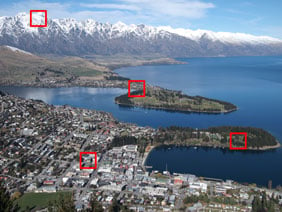Olympus PEN E-P1
-
-
Written by Gordon Laing
Olympus E-P1 vs Panasonic Lumix DMC-FZ35 / FZ38 vs Nikon D90 real-life detail
Olympus E-P1 with M.Zuiko Digital 14-42mm |
Panasonic Lumix DMC-FZ35 / FZ38 |
Nikon D90 with Nikkor DX 18-105mm VR | ||
 |
 |  | ||
f4.5, 100 ISO |
f5.6, 80 ISO |
f8, 200 ISO | ||
 |  |  | ||
f4.5, 100 ISO |
f5.6, 80 ISO |
f8, 200 ISO | ||
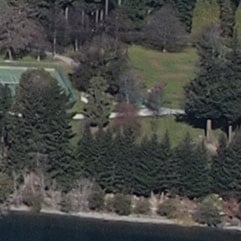 | 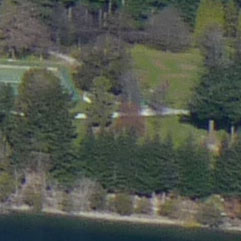 | 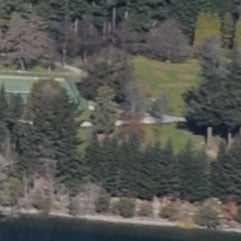 | ||
f4.5, 100 ISO |
f5.6, 80 ISO |
f8, 200 ISO | ||
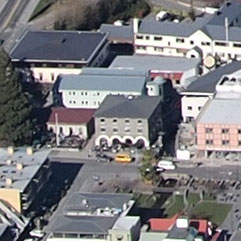 | 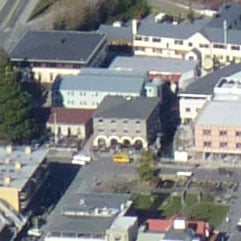 | 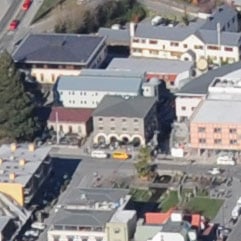 | ||
f4.5, 100 ISO |
f5.6, 80 ISO |
f8, 200 ISO |
Olympus E-P1: JPEG versus RAW
|
We photographed the scene pictured above using the E-P1’s RAW plus Large Fine JPEG mode, allowing us to directly compare images created from exactly the same data. Below are crops taken from the original JPEG file alongside the RAW version, processed in the supplied Olympus Master 2.2 software using the default settings. The converted RAW file is very similar to the in-camera JPEG, with the same degree of real-life detail, and the same colour and tonal style. Look really closely and there’s minor differences in sharpening, but you’ll need to pixel-peep. This is the same result we found with earlier Olympus E-series models including the E-620 and E-520, where RAW files converted using Olympus Master using the default settings were pretty much identical to in-camera JPEGs. Of course tweaking the settings may deliver superior results, and shooting in RAW gives you greater flexibility when it comes to adjusting things like White Balance, but we’re not seeing a boost in quality here with the defaults. Now let’s look at how the camera performs across its sensitivity range in our Olympus E-P1 High ISO Noise results. |
Olympus E-P1: JPEG with M.Zuiko Digital 14-42mm |
Olympus E-P1: RAW with M.Zuiko Digital 14-42mm | |
 |  | |
f4.5, 100 ISO |
f4.5, 100 ISO |
Note: we plan to add comparisons against the Panasonic Lumix GF1 in the near future. The image above was taken with the Olympus E-P1 in Aperture Priority mode at 18mm f4.5 and with a sensitivity of 100 ISO. The original JPEG measured 6.28MB. We photographed this scene at all apertures between f3.9 and f8 and found the f4.5 sample to have the edge in overall sharpness and contrast. It was quite a close call though, with all samples in this aperture range looking roughly similar. The four crops are taken from the areas marked with the red squares and presented below at 100%. Note the Nikon D90 captures wider 3:2 aspect ratio images, so by matching the vertical field of view, we’re effectively treating the DSLR here as a 10.8 Megapixel camera, delivering 4:3 shaped images. At first glance, the E-P1 appears to deliver the best-looking crops of the three models: they’re sharp and punchy, while the Panasonic and Nikon samples look quite soft and muted in comparison. Much of this is down to image processing, with the E-P1 clearly applying much greater sharpening and contrast by default than the other two models, and this is even with its Natural setting. This approach looks fine on the first three rows of crops, but is arguably over-processed on the fourth where the contrast in particular just looks way too high. The E-P1 does thankfully give you a broad array of adjustments though with the Picture Modes allowing you to tweak Sharpness, Contrast and Saturation as desired. Processing aside though, the Olympus sensor and kit lens are recording a decent level of detail across the frame, and there’s impressively few optical artefacts to complain about – although some of the latter is down to in-camera correction. By increasing the sharpening and contrast on the Nikon D90 images, or reducing them on the Olympus, it’s possible to achieve similar-looking results, which is a good endorsement for the E-P1. As for the Panasonic super-zoom, its much smaller sensor is causing some issues even at its lowest sensitivity here: first there’s a faint sprinkling of noise, secondly there’s blown highlights in the snowy mountain ridge, and third, some of the softness is due to optical diffraction at the automatically selected aperture of f5.6. Compact cameras with small sensors often suffer from diffraction (with a subsequent softening of the image) at apertures much smaller than f4, and this is illustrated in our FZ35 / FZ38 results where we photographed the same scene at f4, f5.6 and f8, and found the f4 version by far the sharpest. So while we knew the super-zoom with its small sensor would suffer at high sensitivities compared to the two cameras with much bigger sensors here, it can also comparatively struggle under good light at its lowest sensitivity. A good first result for the Olympus E-P1 though, despite over-zealous sharpening and contrast using the default settings. Now scroll down to see whether shooting in RAW brings any benefits to the E-P1, or if you can’t wait any longer, check out how it performs across its sensitivity range in our Olympus E-P1 Noise results. |

